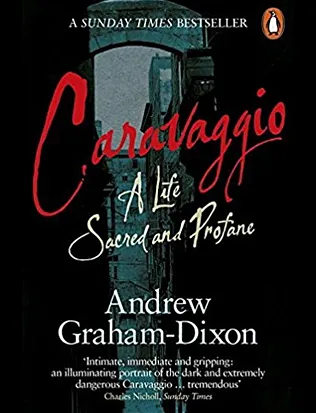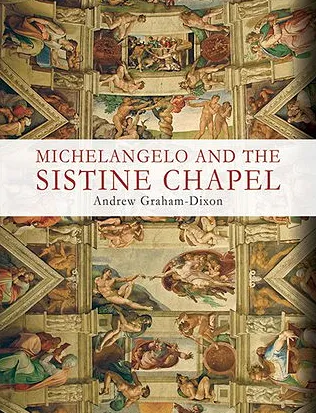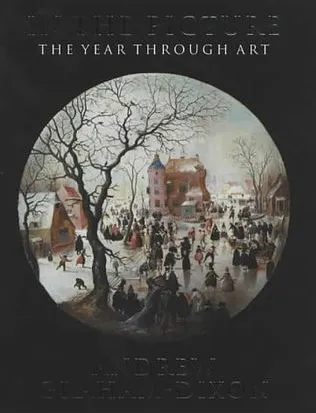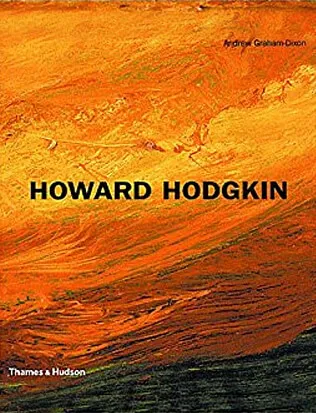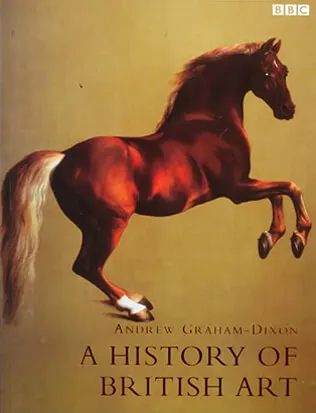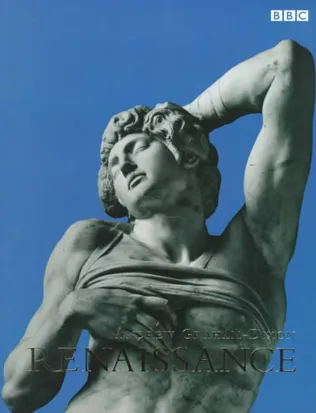
The Author
Andrew Graham-Dixon has written a number of books about art and artists. His earliest book, Howard Hodgkin (1993), was the first monograph on one of the leading painters of today. It was followed by A History of British Art (1995), Paper Museum (1995), an anthology of articles published in the Independent, a book about the Renaissance (1999) and In the Picture (2005), an anthology of articles published between 2001 and 2006 in the Sunday Telegraph.
In the spring of 2007, Weidenfeld and Nicholson published Andrew's book entitled Michelangelo and the Sistine Chapel, a major study of one of the world’s greatest works of art and its creator.
Caravaggio: A Life Sacred and Profane was published by Penguin Books in 2010, it was shortlisted for the Samuel Johnson Prize for non-fiction and was also released in several other language additions, and in America, published by Norton.
Andrew's most recent book is a groundbreaking study of the seventeenth century Dutch artist Johannes Vermeer. Vermeer: A Life Lost and Found (2025) is published by Penguin, and will be released by Norton in the US in April 2026.
How to get your own signed copies?
Andrew's latest books, Vermeer: A Life Lost and Found and Caravaggio: A Life Sacred and Profane, are available in all good bookshops - but if you would like your own signed copy, Andrew will be happy to oblige. He will even dedicate the book to a loved one of your choice—just let us know their name!
Simply click on the Buy Book button next to the book you want and then you will be able to add any message and get a signed copy.

